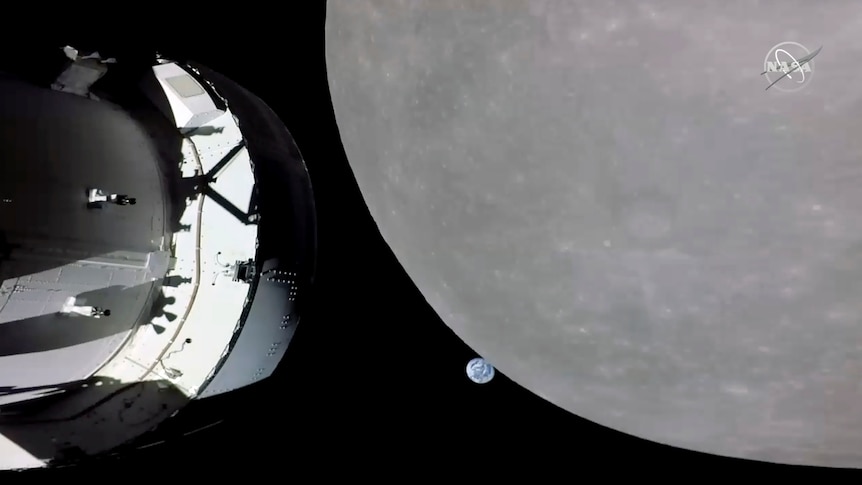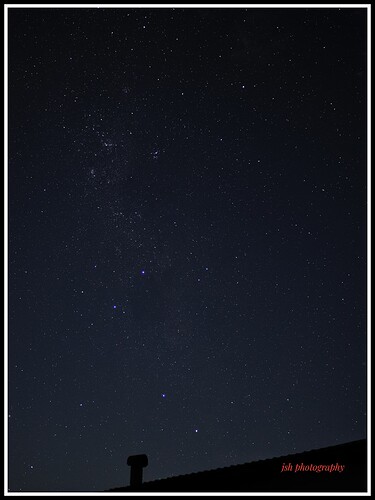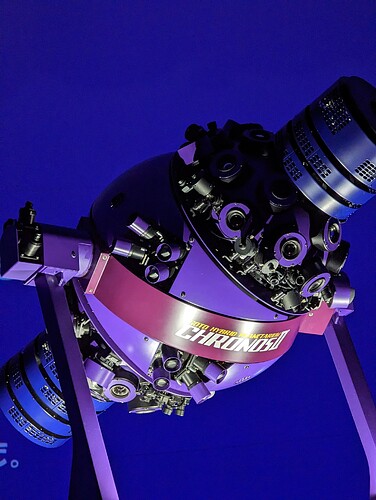Why space agencies want a set time zone for the Moon
15 hours ago

Space agencies want to establish a time zone for the Moon so missions can be better coordinated.(NASA via AP)none
With more lunar missions than ever on the horizon, the European Space Agency (ESA) wants to give the Moon its own time zone.
This week, the agency said space organisations around the world were considering how best to keep time on the Moon.
Here’s why they think the Moon needs its own time and how they might decide what that looks like.
Why do we need to know what time it is on the Moon?
A single time zone would make it easier and safer for organisations to coordinate various missions operating on and around the Moon at the same time.
At the moment, a moon mission runs on the time of the country operating the spacecraft.
European space officials said an internationally accepted time zone would make it easier for everyone, especially as more countries and even private companies aim for the Moon and NASA gets set to send astronauts there.
Who will decide?
Space organisations from around the world will help to decide how to keep time on the Moon.
The idea was raised during a meeting in the Netherlands late last year, with participants agreeing on the urgent need to establish “a common lunar reference time”.
“A joint international effort is now being launched towards achieving this,” ESA navigation system engineer Pietro Giordano said.
How will they decide?
The space organisations will consult with each other to overcome a few hurdles before they can agree on a time zone.
ESA this week said one of the topics under debate was whether a single organisation should be responsible for setting and maintaining the lunar time.
The organisation will also face considerable technical issues — including that clocks on the Moon run faster than on Earth, gaining around 56 microseconds a day.
“Of course, the agreed time system will also have to be practical for astronauts,” Bernhard Hufenbach from ESA’s Directorate of Human and Robotic Exploration said.
Will NASA have to agree to the time zone?
NASA will have a say in it.
The whole point of establishing a Moon time is so missions from different parts of Earth can be coordinated effectively.
And ESA confirmed it’s working with its American counterpart on the subject.
Would it be a 24-hour clock?
The space organisations are yet to decide.
ESA said the international team was debating whether the time zone should be set on an independent basis on the Moon or kept synchronised with Earth.
Any place on Earth has a time offset to the Coordinated Universal Time (UTC) standard, which is meticulously based on atomic clocks and the same as the Greenwich Mean Time zone.
For example, Australian Eastern Standard Time is 10 hours ahead of UTC.
How did they pick the time for the International Space Station?
The space station wasn’t given its own time zone but runs off UTC.
NASA grappled with the time question while designing and building the station.
It settled on UTC because it splits the time difference between NASA and the Canadian Space Agency and the other partnering space programs in Russia, Japan and Europe.
Could you have daylight saving time on the Moon?
Daylight saving would be redundant on the Moon.
On Earth, changing the clocks seasonally in some places gives people an extra hour of sunlight to use in the evening.
Mr Hufenbach explained it was going to be a challenge to establish a time zone practical for astronauts on the Moon because each day in its equatorial region is equal to about 29.5 Earth days.
The Moon has freezing fortnight-long nights when the whole of Earth is just a small, blue circle in the dark sky.


